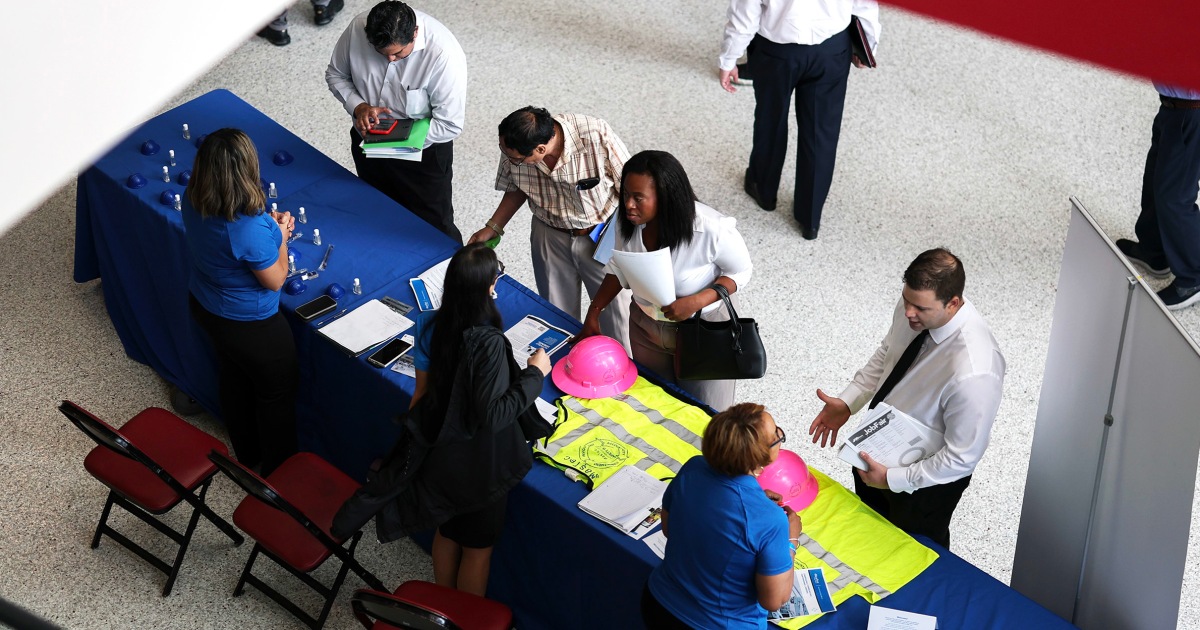Companies in the U.S. added just 42,000 jobs in October, ADP says
The ADP private jobs report is one of the only measures of the jobs market available during the government shutdown.Private companies added just 42,000 jobs October, payroll processor ADP said Wednesday, a fresh datapoint that highlights continued tightness in the labor market but one that is better than some previous months.
The ADP report, which does not include public sector workers and only covers employment at private companies, is one of the few data points available as the government shutdown drags on.
The official national unemployment rate has steadily ticked up this year, from 4% in January to 4.3% in August, as hiring has slowed. The most recent jobs report from the Bureau of Labor Statistics showed that only 22,000 jobs were added in August, and that was after it revised down hiring in June and July by thousands. The BLS said in June the labor market was in contraction, with 13,000 roles being shed.
“Private employers added jobs in October for the first time since July, but hiring was modest relative to what we reported earlier this year,” ADP’s chief economist Nela Richardson said in a statement.

Companies in the U.S. added just 42,000 jobs in October, ADP says
The ADP private jobs report is one of the only measures of the jobs market available during the government shutdown.
